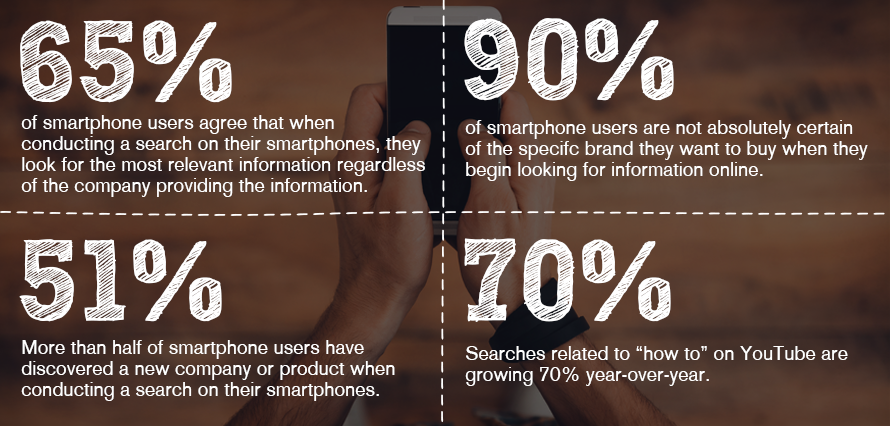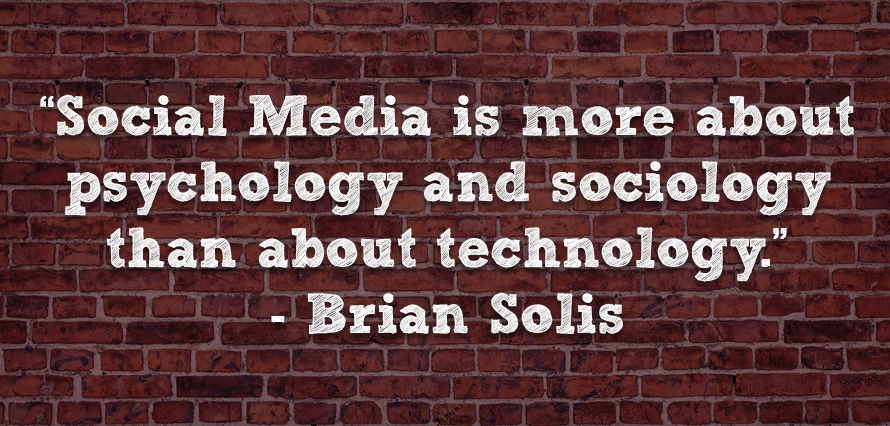January 20, 2016
Demographic data has always been key to any marketing or social strategy. After all, the most compelling campaigns were based on understanding what makes a target audience ‘tick’ – think of the Dove campaign for Real Beauty, the famous ALS Association’s Ice Bucket challenge or Budweiser Whassup campaign.
But times change, right? There’s no doubt the growth of mobile has changed a lot for both consumers and marketers, and it’s predicted to shift our way of living even further. In the eyes of many, mobile has changed people’s purchase behaviour to such an extent that they started to doubt the importance of demographic data. Is this the way to go?
Let’s look at the facts.
Micro-Moments Are Bigger Than They Seem
What are micro-moments? Points in consumers’ buying journey that are driven by real-time moments of intent.
Google came up with a great report showing how people’s online behaviour shifts more towards mobile, and how that translates into how they look for information and, ultimately, look for things to buy. The report shows that when users use their phones to look up a product, the majority of them do not care where this information or product comes from, so long as it satisfies their needs in that moment.
Let’s run down a few of these numbers, shall we?

Those are some beefy percentages that definitely deserve some attention and might change how you execute your campaigns.
But Google is not the only one following this route. A J.D.Power White Paper on the ‘Death Of Demographics’ on the Automotive Marketing concluded that “Analysing purchase behaviour data, much more so than demographics, is the most effective method for auto marketers to target new customers.”
This might work for the automotive industry, whose demographics can be too vast or vague to successfully target a specific audience. They are certainly not alone in these challenges. There are other companies that might find defining their demographic difficult.
But does it have to be either/or situation? Isn’t there a uniting theme behind this all?
Humans first, Machines second
As my favourite social media futurist Brian’s Solis says, “Social Media is more about psychology and sociology than about technology.”
In other words, technology and trends might change but people’s motivations remain the same. What technology, such as new apps or devices, does so well, however, is to highlight specific needs and preferences people might have in finding information or interacting with the world.
People are (and always will be) interested in stories, connecting with people and finding what’s relevant to them. After all, this is supported by the Google report, which shows that people search primarily based on their interests and needs.
This has not changed, and it is still important for any brand to understand what, who, why and what their customers want, and how they go around finding it.
The Truth
While revolutionary claims and new trends might draw some eyeballs and interesting discussions (we expect some new ones in 2016), saying goodbye to demographics data would do more harm than good.
You can conduct research about your brand and find out that the ‘micro-moment’ approach works better for you. Or maybe you find out that both micro-moments and demographics are equally important to your strategy and the business objectives you want to achieve. One does not exclude the other. On the contrary, they might actually complement each other very well. However, without having the whole picture (in others words: data) and considering all possibilities, you might lose out.
Personally, I agree with Mark Ritson who says there is always a right and wrong way of doing things and that demographics can be a powerful tool when you know how and when to use them properly.
There have been bad examples of conducting demographic research as there will be micro-moment fails.
So what should you do?
- Think of the whole picture. What are your objectives? What are you trying to achieve?
- Research, research, research. Rely on data to show you which path to take and where to focus your energy. What works for one brand might not for you and that’s why you need to do the ground work to understand both your brand and your customers.
- Don’t be afraid to experiment with new technology and formats to see what works for you AND the people you want to connect with.
Demographic, customer behaviour and new technology are all powerful tools when you know how to get the proper data and how to use them and build upon them.
